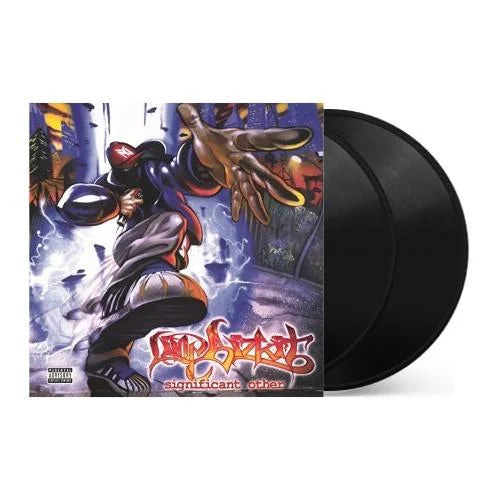Vinyl records have experienced a remarkable resurgence in recent years, despite digital music's continued dominance of the market. The enduring vinyl vs digital debate has audiophiles and casual listeners alike asking why vinyl sounds better, despite all the conveniences of modern streaming and compact discs. In an age of pristine digital audio, the analog charm of vinyl continues to captivate. Is it just nostalgia, or are there concrete reasons behind the love for vinyl's sound?

Analog vs Digital Sound
To understand vinyl’s sonic qualities, it’s essential to grasp the fundamental differences between analog and digital recording. Vinyl records store audio in a physical format: microscopic grooves are etched into the vinyl surface, encoding the sound waves as continuous variations in the groove’s shape. In playback, a needle (stylus) rides these grooves, converting the vibrations into an electrical signal that is amplified into music. This decades-old vinyl technology represents sound as an unbroken, continuous waveform in the material itself.
Digital audio, on the other hand, works by sampling the sound wave and encoding it as data. Music is recorded via an analog-to-digital converter that takes rapid snapshots of the audio wave and quantizes each sample’s amplitude into binary numbers. CD audio uses a sample rate of 44.1 kHz (44,100 samples per second) with 16-bit depth, meaning it slices the audio into discrete pieces of data points. When playing back, a digital file is fed through a digital-to-analog converter (DAC) that reconstructs a waveform from those numbers. Because vinyl is an end-to-end analog format, it captures every nuance of the original waveform directly in its grooves. By contrast, digital systems must translate sound into ones and zeros and back again, inherently approximating the signal. Digital audio inevitably loses or averages out some information in the conversion process. In contrast, a vinyl record can preserve the complete analog wave carved into its grooves. This difference is at the heart of why vinyl and digital can sound distinct from each other.
The Warmth of Vinyl: Harmonics and Analog Character
Ask a vinyl enthusiast to describe the sound of vinyl records, and you’ll likely hear the word “warm” come up. This warmth refers to a full, rich quality in the sound. A smoothness in the midrange and a roundness to the bass that many feel is lacking in ultra-clean digital audio. While some digital recordings are criticized for sounding "cold" or overly clinical, vinyl playback often imparts a pleasing warmth to the music.
One reason for vinyl’s distinctive tone is the presence of harmonic distortion and other artifacts inherent to analog reproduction. Unlike the stark precision of digital, analog gear tends to produce even-order harmonic distortion when handling audio signals. These added harmonics are musically related to the original note, which our ears perceive as natural richness rather than harsh noise. In moderation, such distortion can actually enhance the timbre of instruments. Adding a bit of fatness to a guitar or warmth to a vocal. Tube amplifiers and vinyl records both share the trait of generating gentle, ear-pleasing harmonics that add body to the sound. Additionally, vinyl playback applies a form of analog compression: extremely loud transients are inherently limited by the physical medium, smoothing out the sound’s peaks. This, combined with the coloration from the vinyl mastering process, contributes to the overall “vinyl sound.” Importantly, these are euphonic distortions, distortions that the brain finds pleasant. The natural imperfections of analog reproduction create a subtle harmonic distortion that adds character and depth to the music, giving vinyl its signature full-bodied sound.
In contrast, well-produced digital audio aims for transparency and low distortion, which is great for accuracy, but can come across as sterile. Digital systems have vanishingly low total harmonic distortion, and any added coloration must be introduced deliberately rather than as a byproduct of the format. This is why a digital recording might measure “better” in fidelity yet be perceived as less engaging. The gentle saturation and imperfections of vinyl act almost like an analog filter, subtly rounding off harsh edges. For many listeners, this results in music that feels warmer and more inviting. The vinyl record sound is about a pleasing interpretation of the music that resonates emotionally with the audience.
Dynamic Range and Music Fidelity Vinyl
Vinyl records typically achieve a dynamic range of about 60–70 dB under ideal conditions, whereas a 16-bit digital recording offers a dynamic range of around 90–96 dB. Digital audio can represent a wider range of differences between soft and loud sounds before background noise intrudes. Vinyl, by its physical nature, has a higher noise floor: the faint hiss of the stylus on the groove and occasional pops or crackles mean hushed passages aren’t as “black” as on a CD or lossless file. Likewise, thunderous passages on vinyl are limited by the medium – pushing them too far can cause the needle to jump out of the groove or distort heavily literally.
Pros and Cons of Analog and Digital Formats
Both formats offer unique benefits and drawbacks, influencing how people experience, collect, and enjoy music. Below, we break down the main advantages and disadvantages of each format to help clarify what sets them apart.
Convenience and Accessibility: Digital formats excel in convenience, allowing users to store thousands of songs on compact devices or stream music instantly from anywhere with internet access. Playlists, skipping tracks, and searching for specific songs are effortless. Analog formats, such as vinyl, require more effort: handling records, maintaining playback equipment, and physically flipping sides. For some, this ritual adds to the enjoyment; for others, it’s an inconvenience that digital easily overcomes.
Durability and Longevity: As long as files are backed up, they can be preserved indefinitely. Analog media, on the other hand, are subject to gradual degradation. Careful handling and proper storage are essential to preserve analog collections.
Cost and Collectability: Analog formats often involve higher upfront costs for quality playback equipment and physical media. Collecting vinyl can become an expensive hobby, particularly for rare or limited-edition records. Digital audio is typically more affordable and accessible, with much lower barriers to entry. However, analog collectability and the appeal of owning physical artifacts can be highly rewarding for enthusiasts, while digital’s intangible nature may lack that sense of ownership.
Many music lovers find room for both in their collections, enjoying the unique strengths each format brings to the listening experience.

The Vinyl Listening Experience: Tangibility and Immersion
The vinyl audio experience involves more than just sound; it engages multiple senses and fosters a deeper connection with the music. There is a deliberate, hands-on ritual each time you play a record: sliding the disc out of its sleeve, cleaning it if needed, placing it on the turntable, and carefully lowering the needle. This physical interaction creates anticipation and commitment; you’re not just pressing a button, you’re actively participating in the music playback process. Spinning a vinyl record is an immersive ritual that digital platforms simply can't replicate, transforming listening into an event rather than a passive task.
One major draw of vinyl is the tangibility of the format. You can hold an album in your hands, admire the large cover artwork, and read the liner notes or lyrics on a printed sleeve. The visual and tactile elements of vinyl make the music feel more grounded. For example, a gatefold album jacket might feature expansive artwork or photography that you can pore over while the record plays, giving a richer context to the music. Many fans love collecting special editions with colored vinyl or elaborate packaging, things that have no equivalent in the digital realm. This physical presence of music adds to the sense that an album is a piece of art, not just a file streaming in the background. Listening to record player albums often encourages a more attentive and album-oriented way of enjoying music. Unlike streaming, a vinyl LP invites you to experience the album in its entirety as the artist intended. You’ll typically listen to a full side before getting up to flip to the other side. This naturally prompts a pause that allows you to reflect on what you've heard. It’s a different mindset where you give the music your undivided attention. Audiophiles often describe this as a more immersive and rewarding form of listening, as you become fully absorbed in the album’s narrative and flow, rather than merely treating it as sonic wallpaper.
There’s also a certain nostalgia and authenticity that comes with the vinyl experience. The faint crackle before a track begins, the soft thump when the stylus first contacts the groove, even the need to handle the equipment carefully, all of these contribute to a feeling of stepping back into a time when music listening was a dedicated activity. Younger listeners who grew up on digital streaming are discovering the charm of this analog process, finding that it makes the music feel more personal.
The Analog Music Revival: Vinyl’s Comeback in the Digital Age
In recent years, there has been an apparent revival of analog audio – a renaissance of interest in vinyl records and other analog formats amid our digital streaming era. After nearly being rendered obsolete by CDs and MP3s, vinyl has rebounded to become the format of choice for many music enthusiasts. Turntable sales are strong, new pressing plants have opened up, and records are once again a common sight in music stores and living rooms. What was once considered a nostalgic niche has transformed into a full-blown comeback.
The numbers tell part of the story. Vinyl record sales have grown steadily for over a decade and a half. In 2023, for example, U.S. listeners bought around 43 million vinyl LPs, about 6 million more than the number of CDs sold that year. It was the second year in a row that vinyl outsold CDs, something that hadn’t happened since the late 1980s, and it underscores just how much momentum this format has gained. While streaming still dominates overall music consumption, vinyl has carved out a significant and growing share, not just as a retro novelty, but as a viable segment of the music industry. Revenues from vinyl have likewise surged, even as other physical media decline. The music industry has certainly noticed the demand. Many new albums now get vinyl record releases alongside their digital and CD versions. It’s almost expected for major artists to offer their latest album on vinyl because a significant segment of the audience prefers it. Classic albums that haven’t been in print for years are being remastered and reissued on vinyl to cater to collectors. Events like Record Store Day (an annual celebration of independent record shops) have further spurred interest by offering exclusive vinyl titles, drawing crowds of enthusiasts.
Collecting Vinyl Records in the Modern Era
Building a vinyl collection today is both easier and more exciting than ever. Not only are new records being produced in abundance, but you can also find countless older titles through various channels. The internet has made it easy to search for vinyl records online, from large e-commerce platforms to specialized record shops and enthusiast forums. If you can’t find a rare album at your local record store, a quick online search will often turn it up somewhere around the world. This connectivity has turned what used to be a local crate-digging adventure into a global treasure hunt, where almost any album is just a few clicks away.
There are now many convenient sites to purchase vinyl for both new and used records. Dedicated online marketplaces allow collectors to browse by genre, era, or rarity, complete with reviews and ratings from fellow vinyl lovers. For instance, Vinyl.com offers a vast catalog of albums – including the latest releases, classic reissues, and even limited editions – all available for order from the comfort of home. At the same time, brick-and-mortar record stores continue to thrive in many cities, often serving as community hubs for music lovers. Many people enjoy the social aspect of visiting shops, chatting with staff or other customers, and discovering unexpected finds in the bargain bin or the staff picks section. The modern collector can enjoy the best of both worlds: the tactile joy of in-person shopping and the limitless inventory of the online marketplace.
Collecting vinyl is a hobby that can be tailored to your own interests. Some focus on particular genres or eras. Amassing a library of 1970s jazz fusion or collecting every album by a favorite band. Others chase specific pressings, seeking out original editions or high-quality remasters. There’s also a growing appreciation for the aesthetic side of vinyl collecting: curating a shelf full of beautifully designed album covers can turn into a statement piece in your living space. Unlike digital files, records occupy physical space, and many collectors take pride in organizing and displaying their collections.

Whether vinyl sounds better is a subjective call. Digital audio may outperform vinyl in terms of technical precision, but the enduring appeal of vinyl lies in its distinctive sound and the unique experience it offers. For many listeners, the character, ritual, and emotional connection that come with dropping a needle on a record make music more enjoyable. In a world of instant-access streaming, vinyl reminds us that music can be something to savor. There's room for both analog and digital in our listening lives. Digital offers convenience and pristine accuracy, while vinyl provides a uniquely human touch. What matters is that the music moves us, and for countless fans, vinyl is the medium that truly makes the magic happen.
Sources
BBC Science Focus – Does vinyl really sound better?
Rhythm Gears – The Science Behind Analog Sound: Why Vinyl and Tape Still Matter
Mastering The Mix – Mastering for Different Media: Streaming, Club, CD, and Vinyl
The Verge – Vinyl records outsell CDs for the second year running
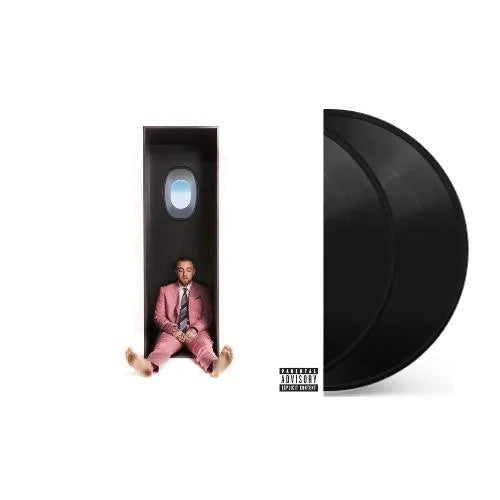
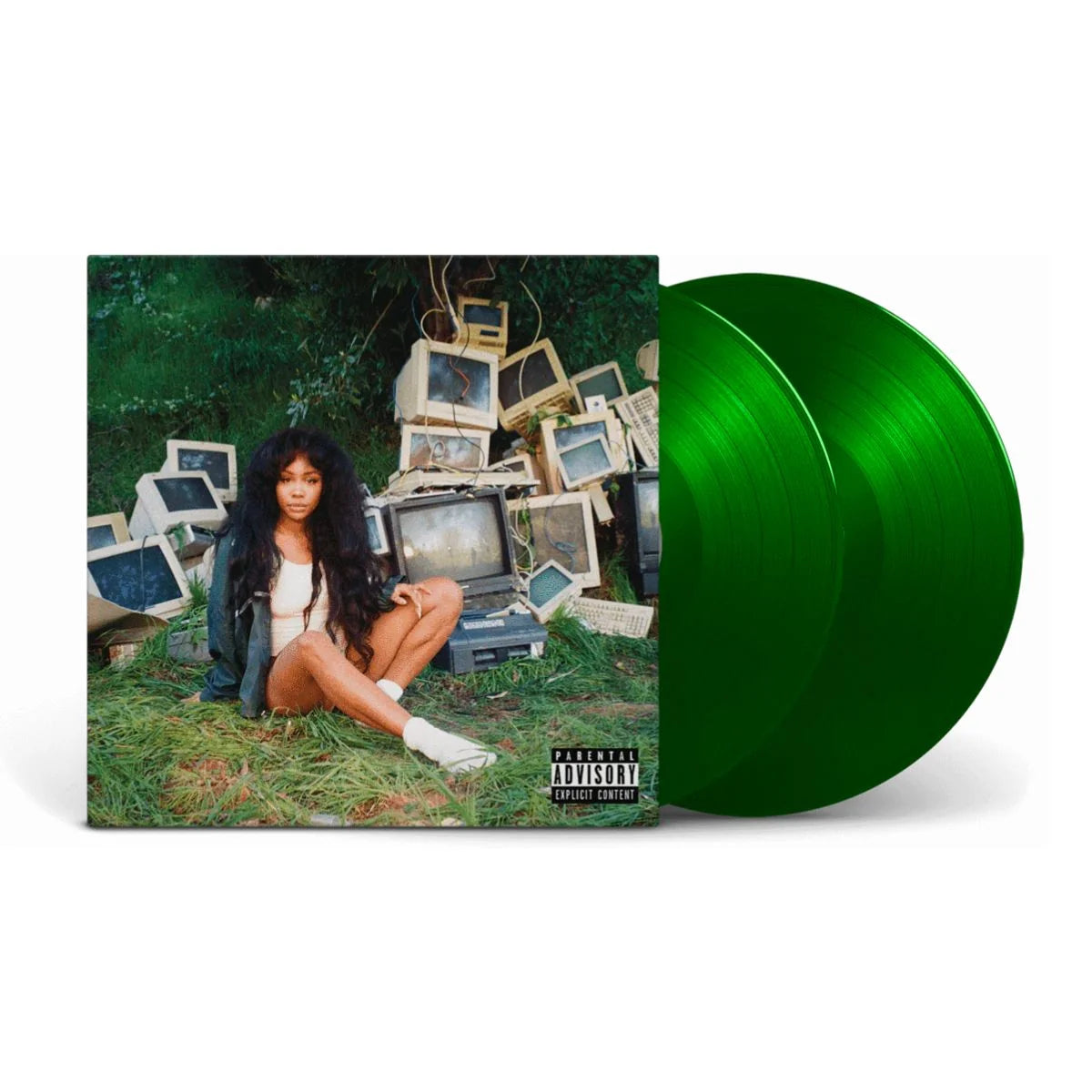
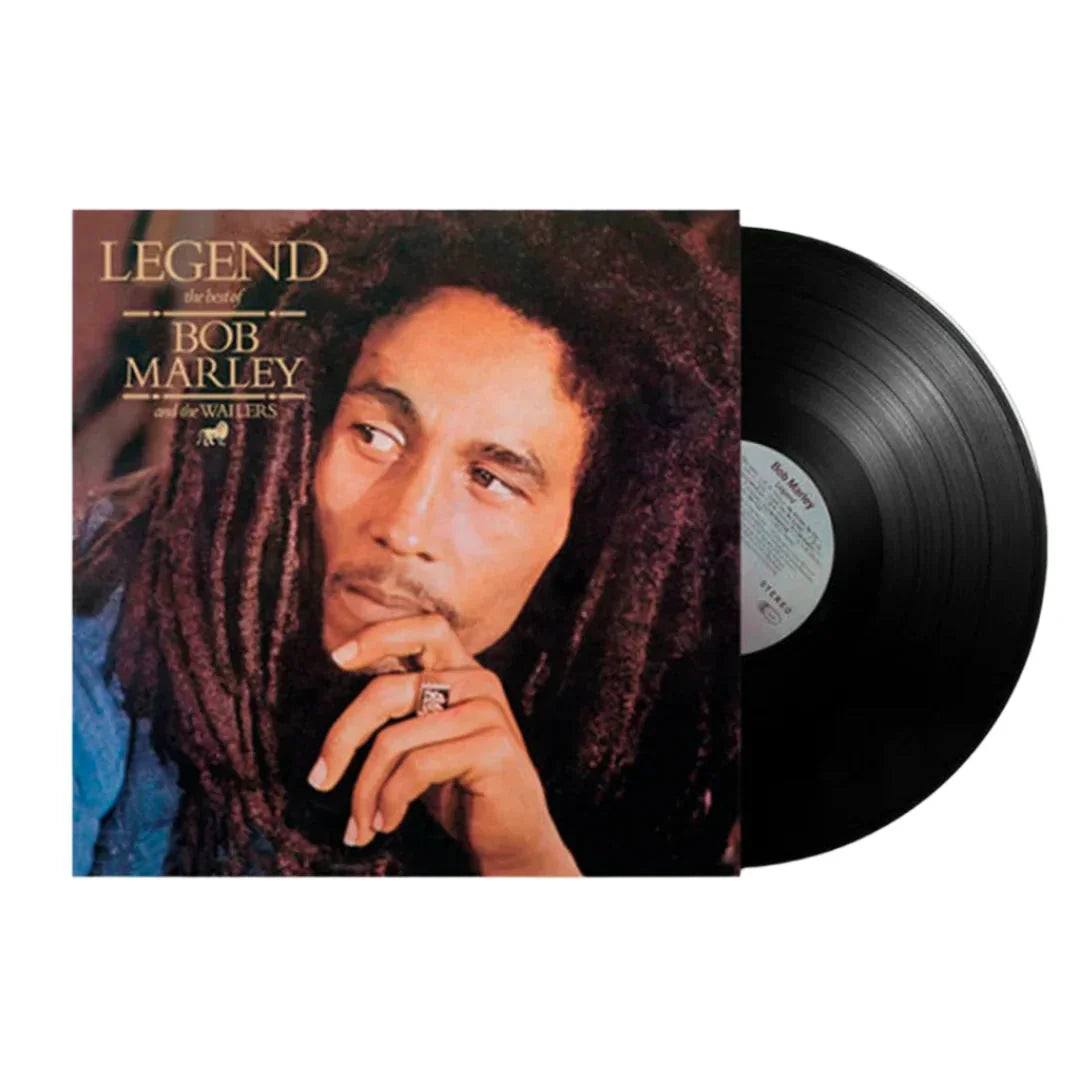

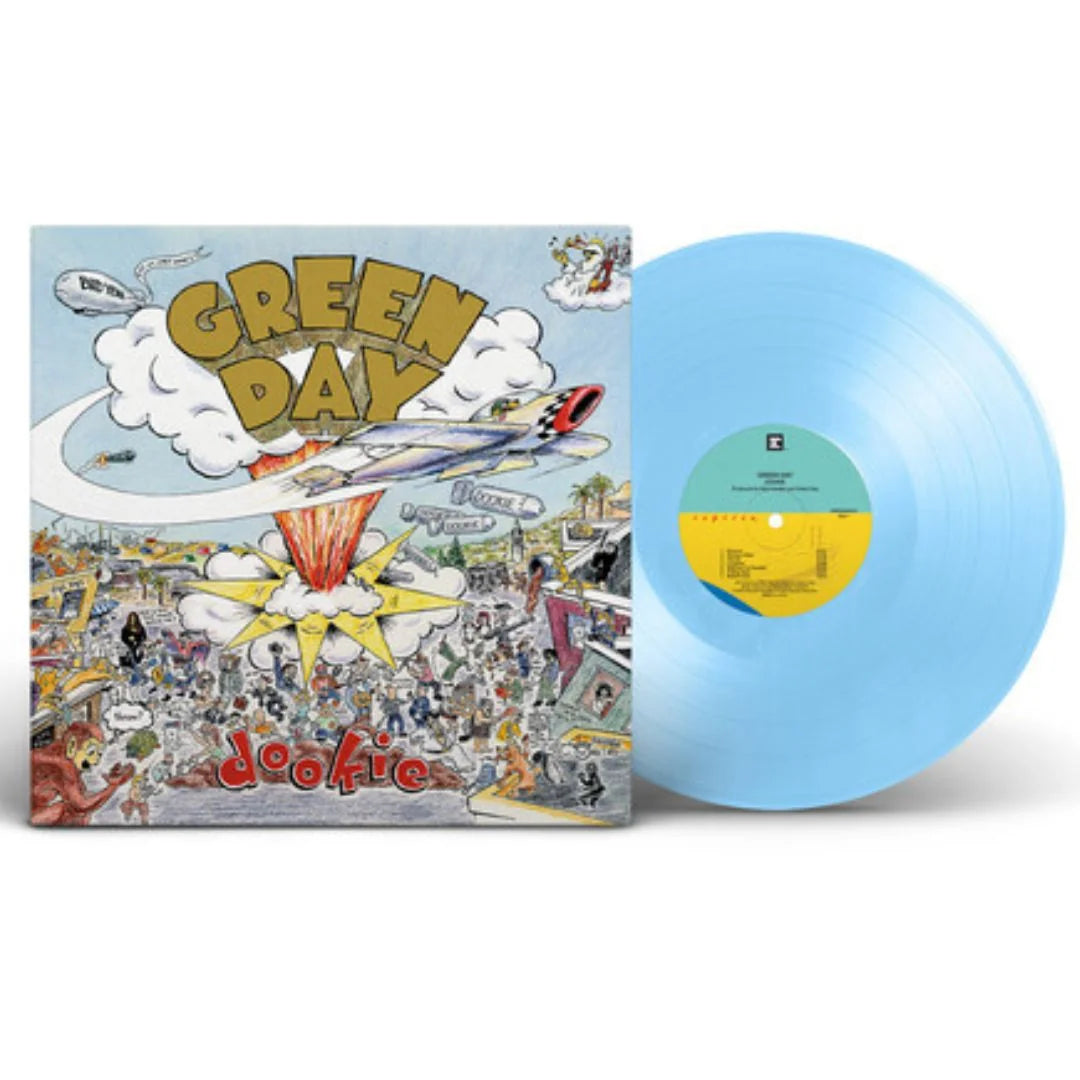
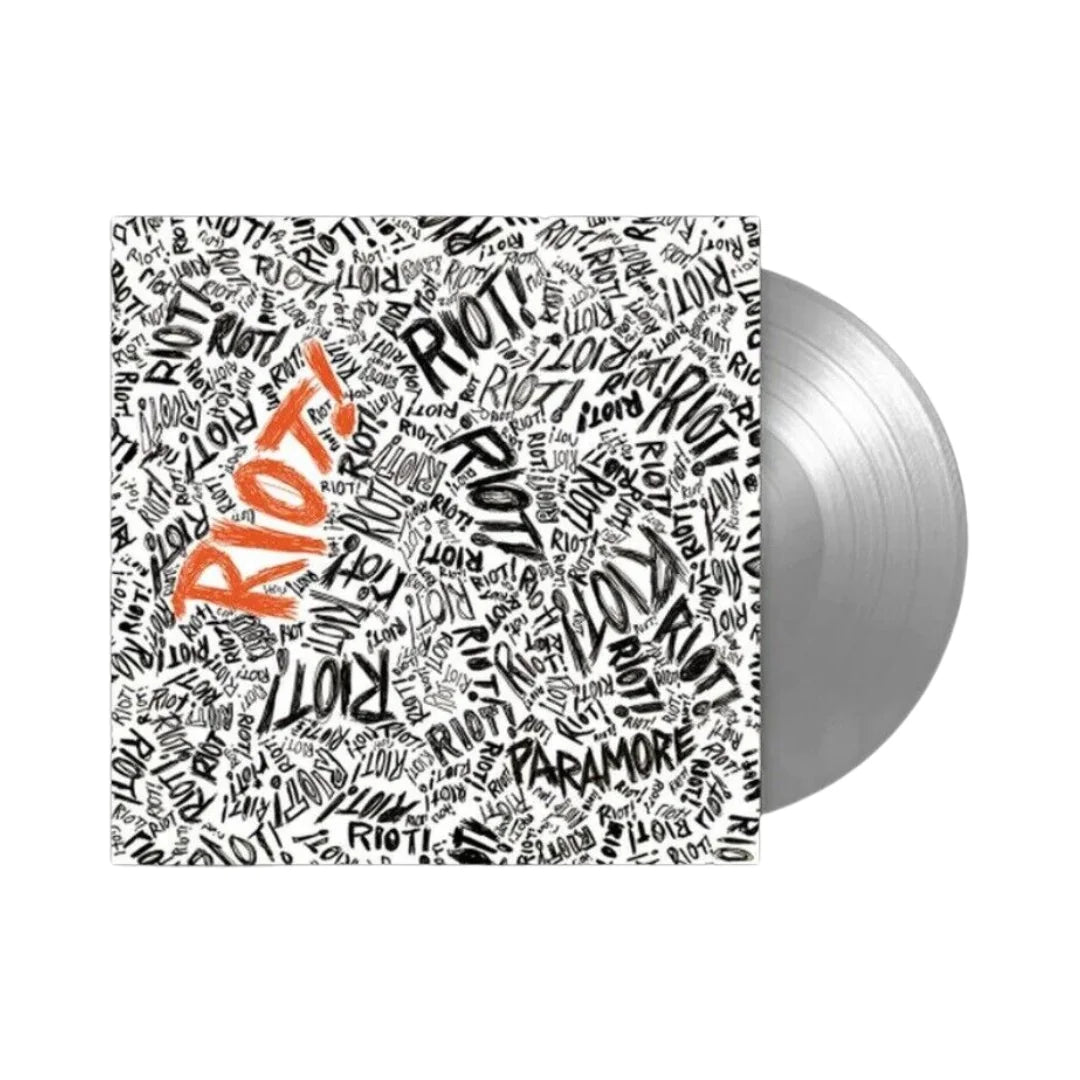
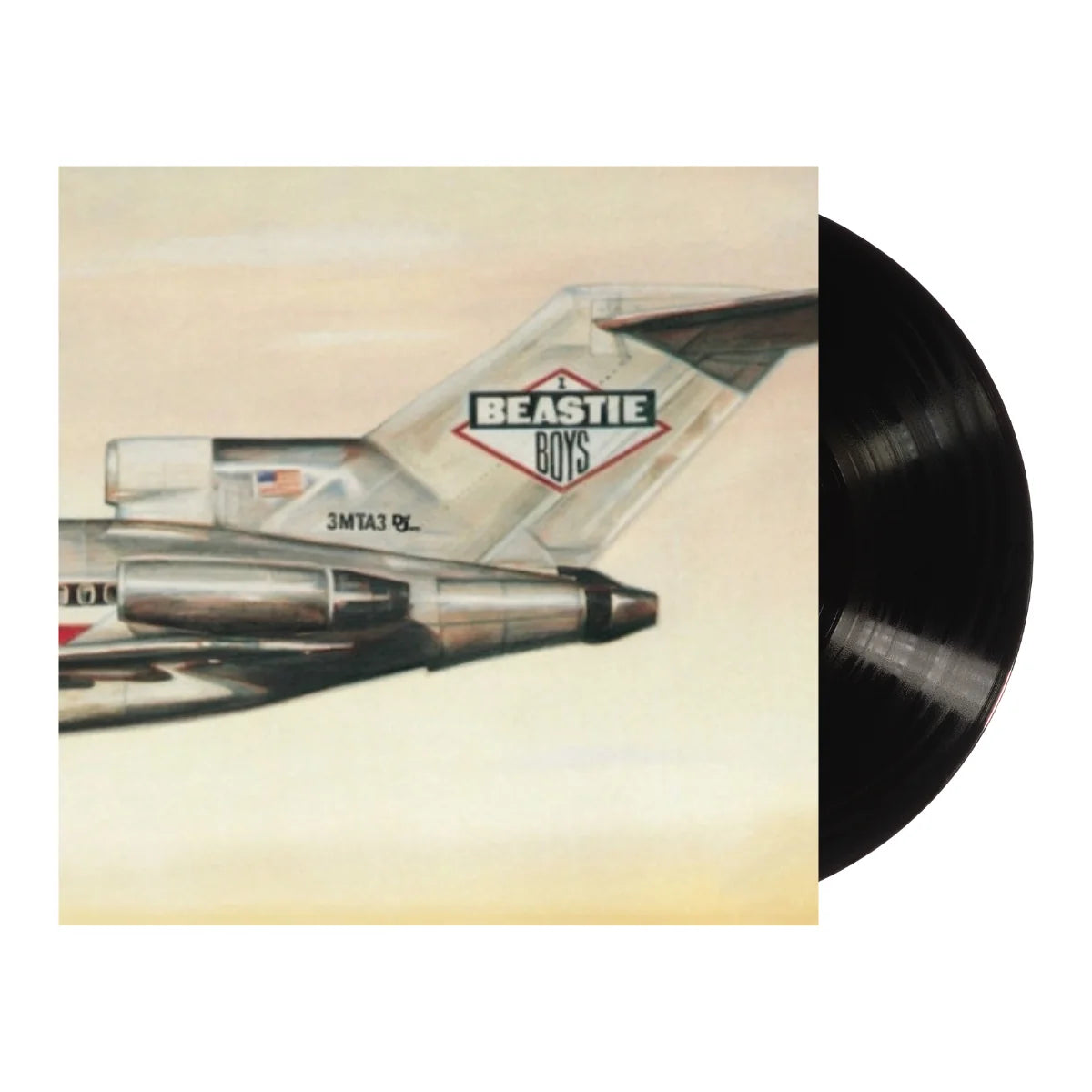
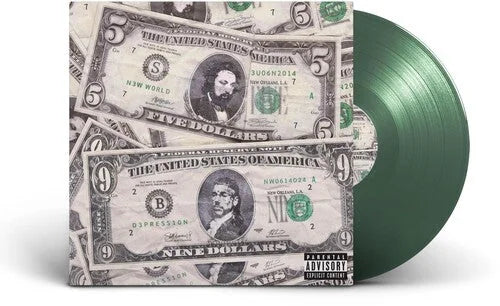
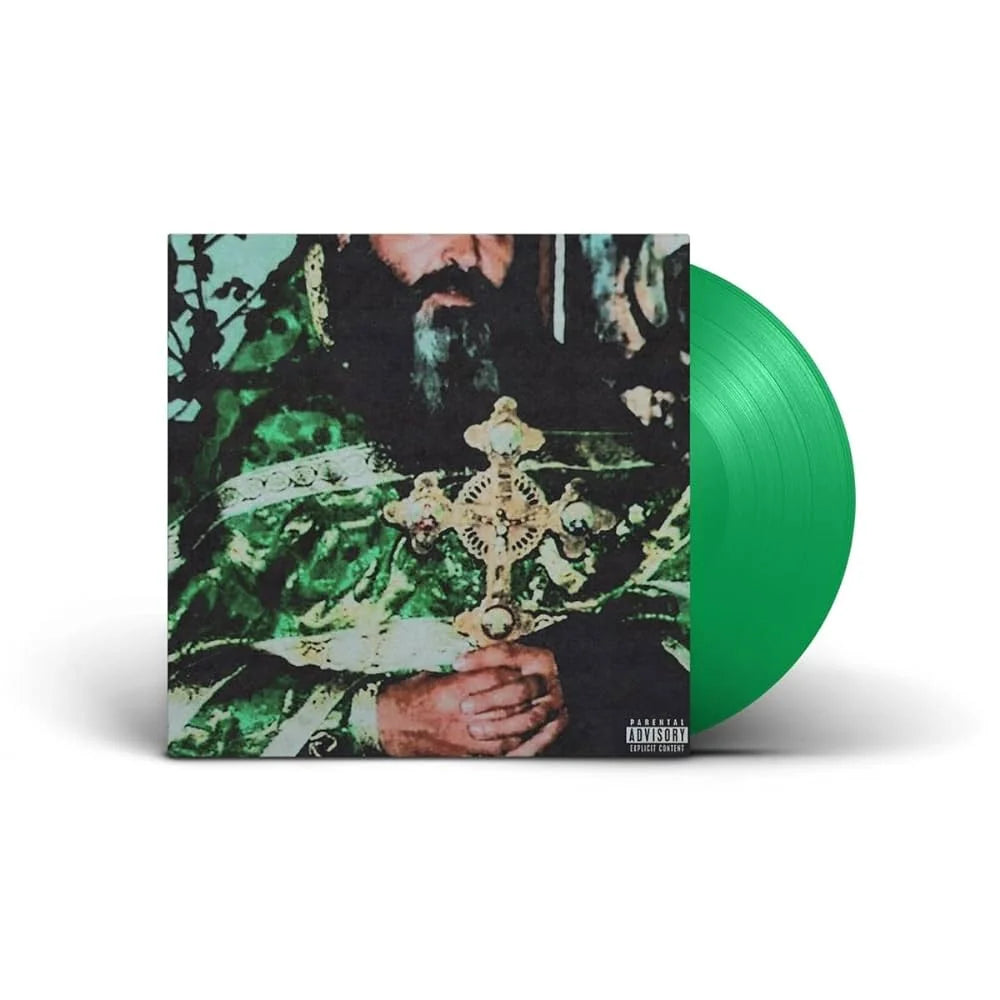
![$Uicideboy$ - Thy Kingdom Come [Clear]](http://vinyl.com/cdn/shop/files/4435583-3407920.jpg?v=1754460746&width=5760)
![(hed) p.e. - New And Improved [Pink]](http://vinyl.com/cdn/shop/files/4425252-3389420.jpg?v=1746578880&width=5760)
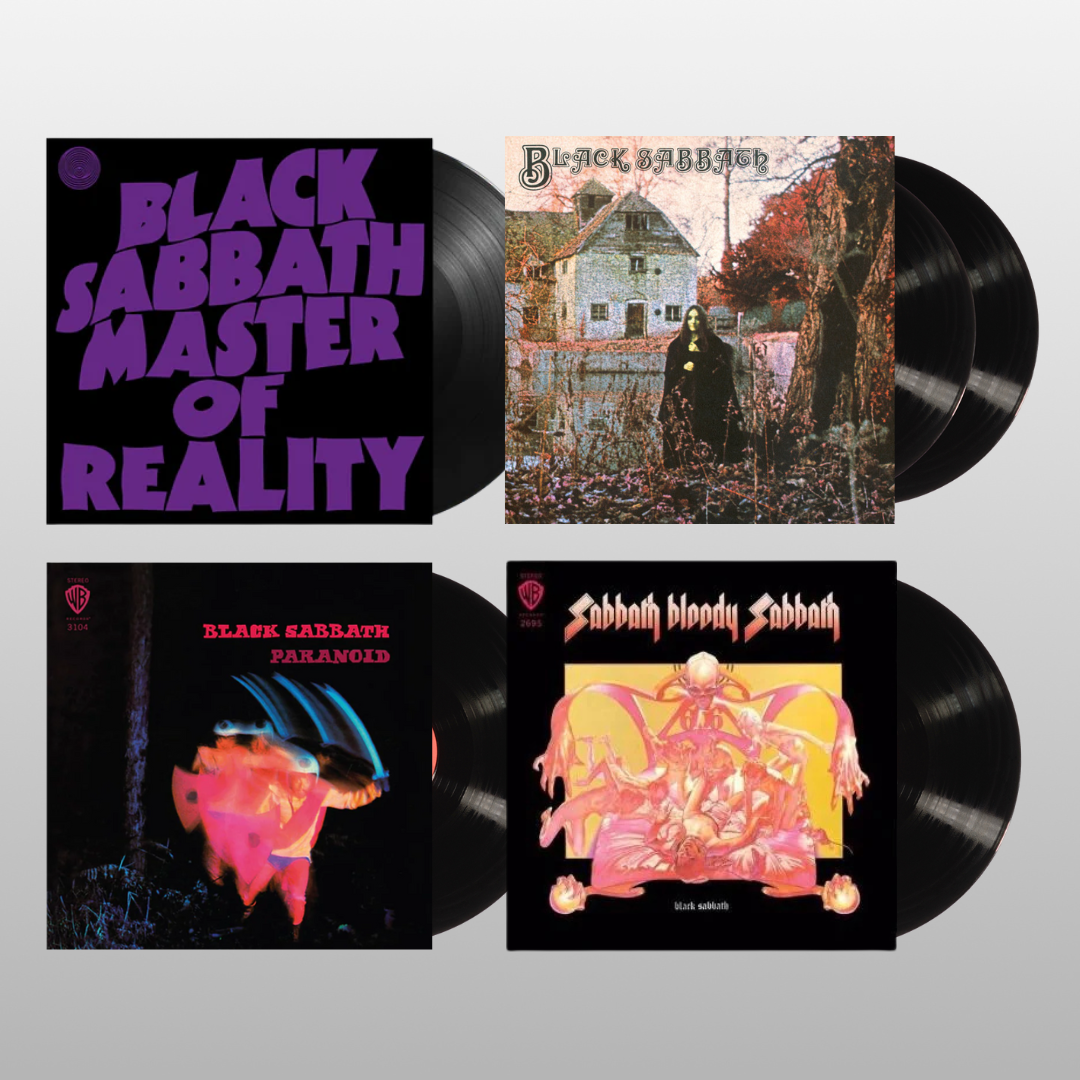
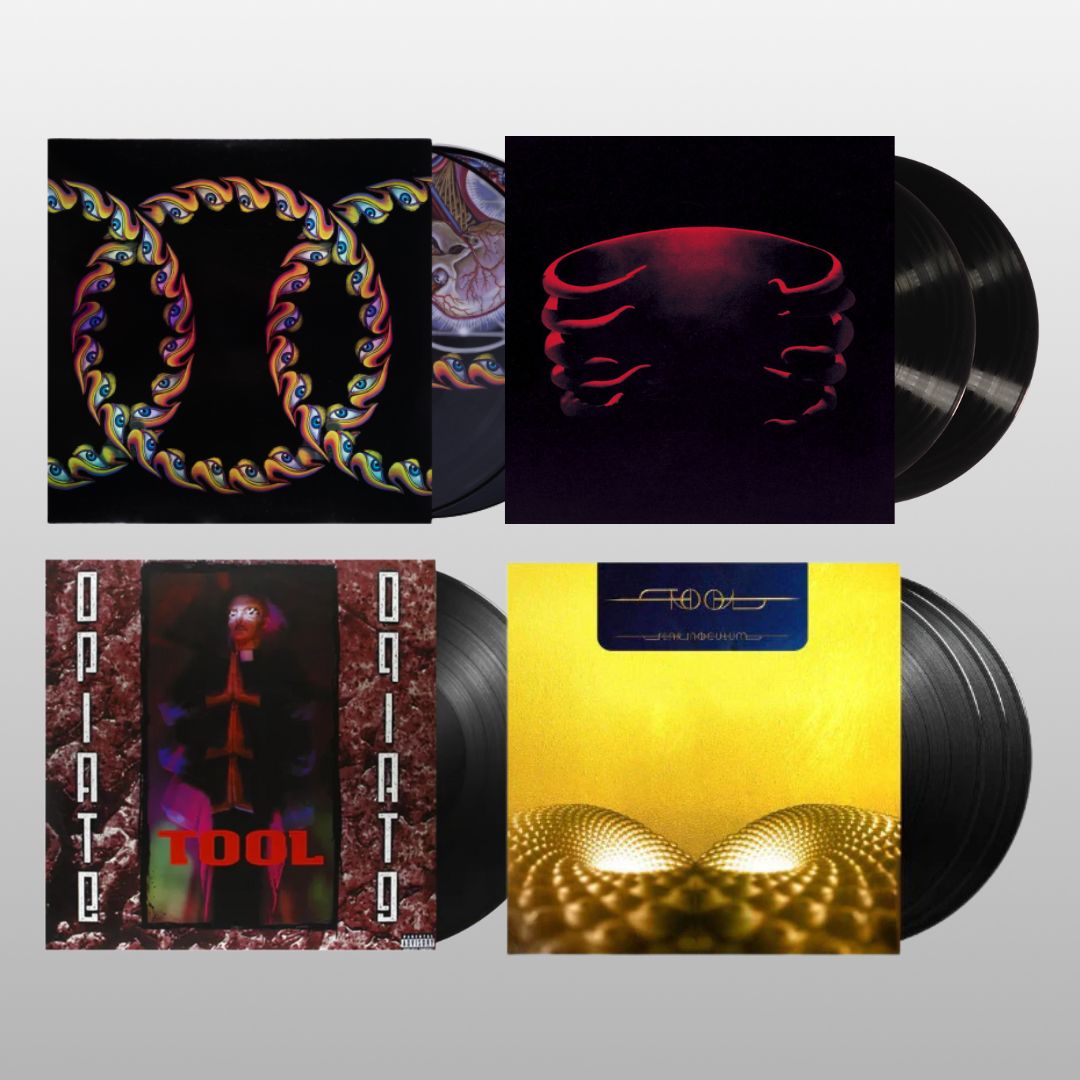
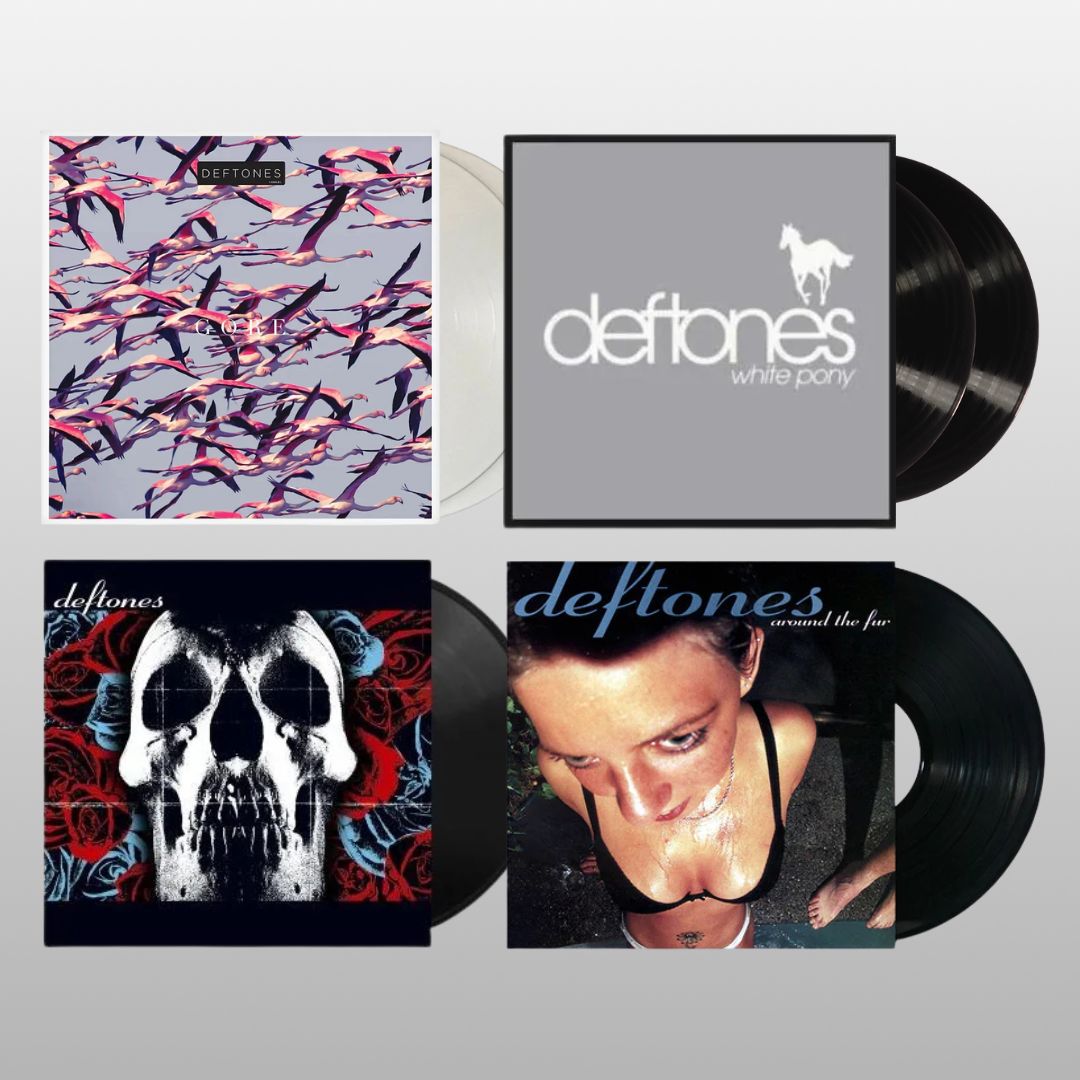

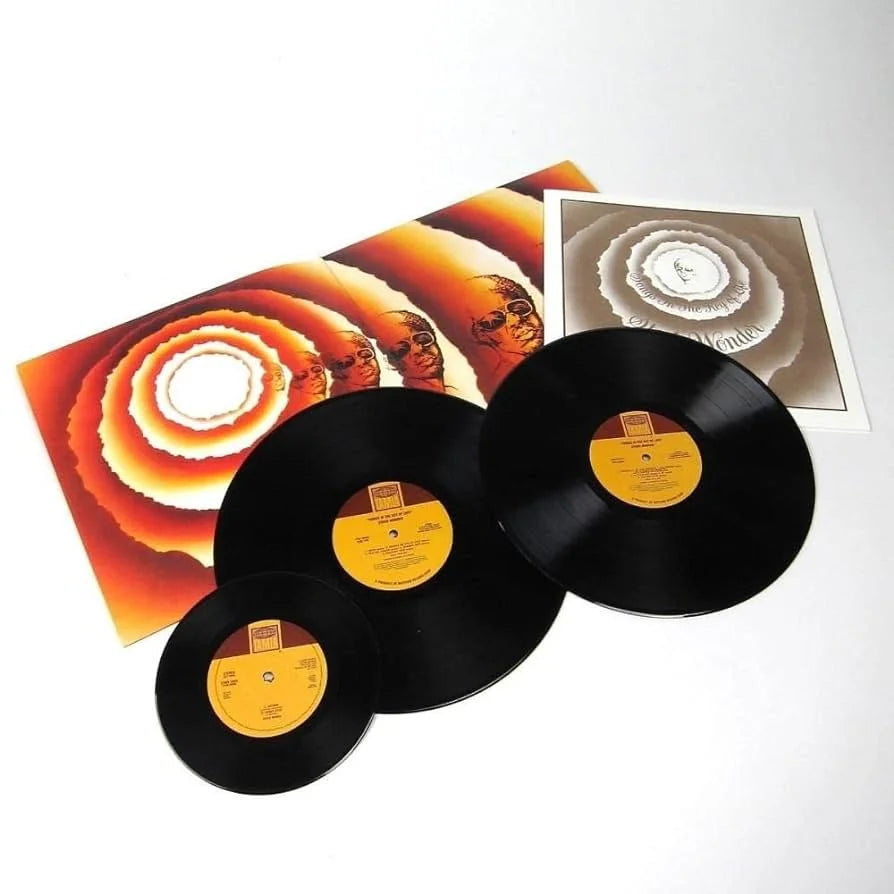
![The Grateful Dead - The Music Never Stopped [6LP Box Set]](http://vinyl.com/cdn/shop/files/The_Grateful_Dead-The_Music_Never_Stopped__6LP_Box_Set.jpg?v=1747729623&width=5760)
![Fleetwood Mac - Fleetwood Mac 1975 To 1987 [Clear 6LP Box Set]](http://vinyl.com/cdn/shop/files/2RHILP81833__61378.jpg?v=1743391443&width=5760)
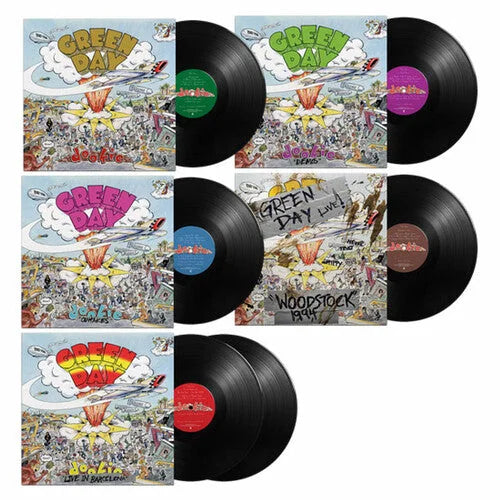
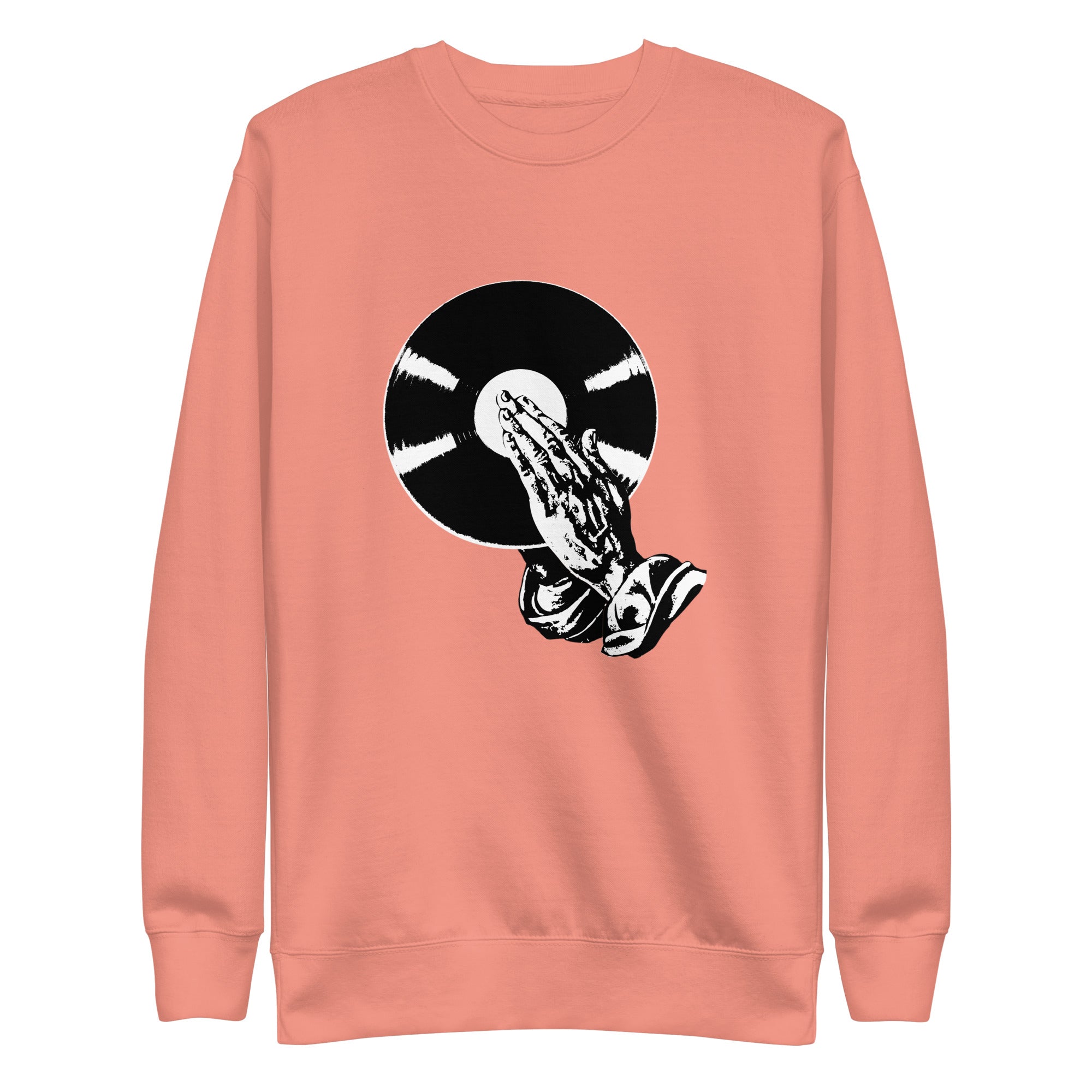
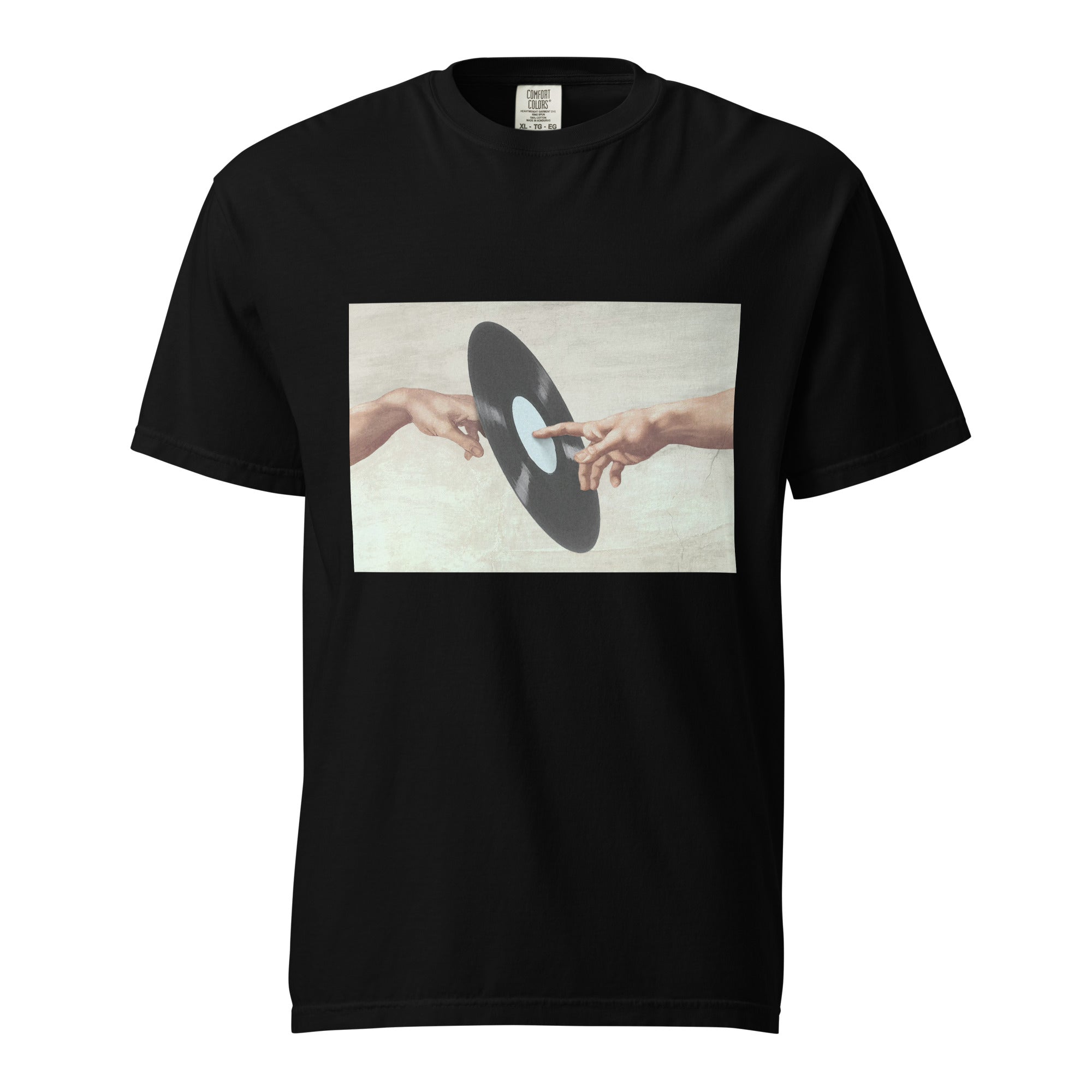
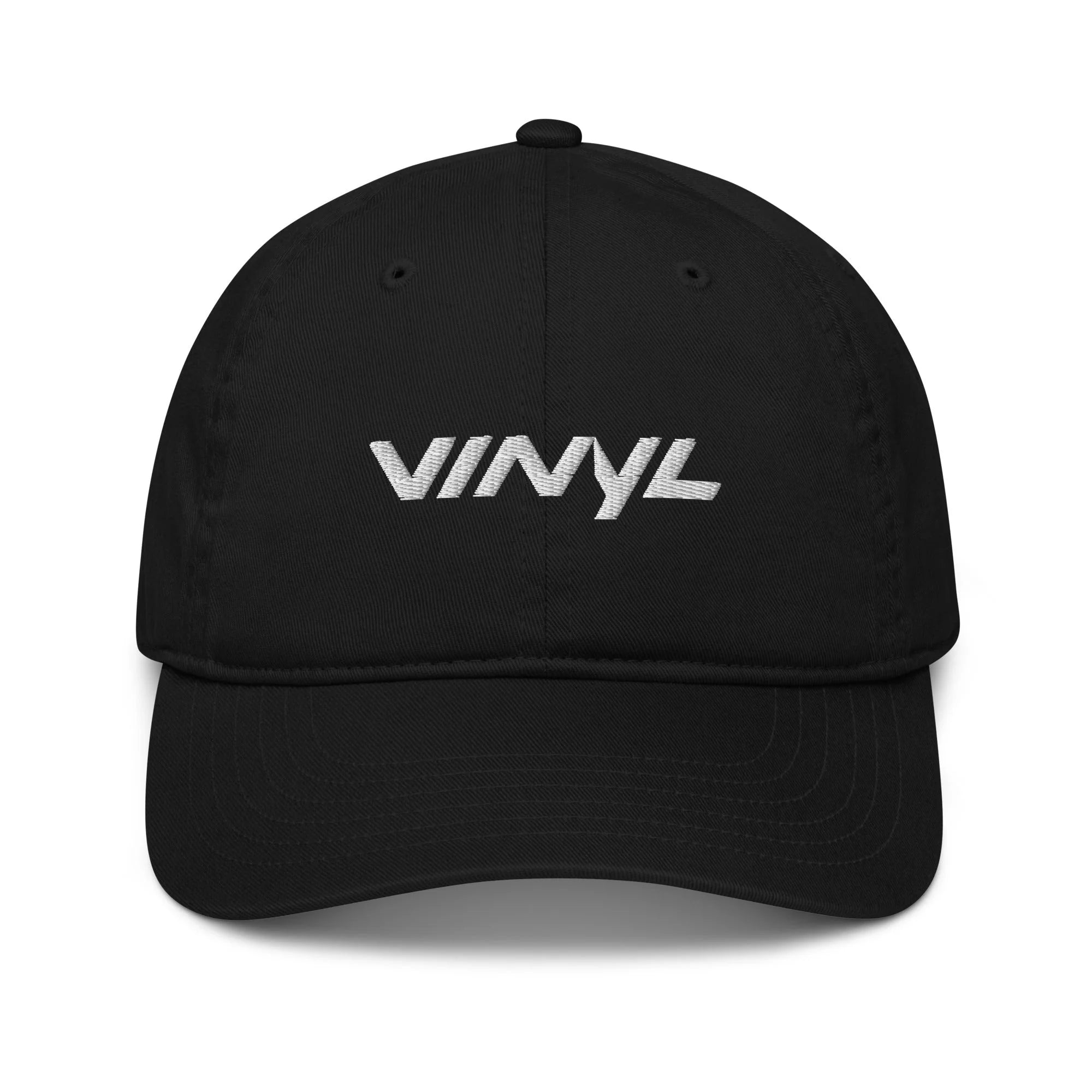
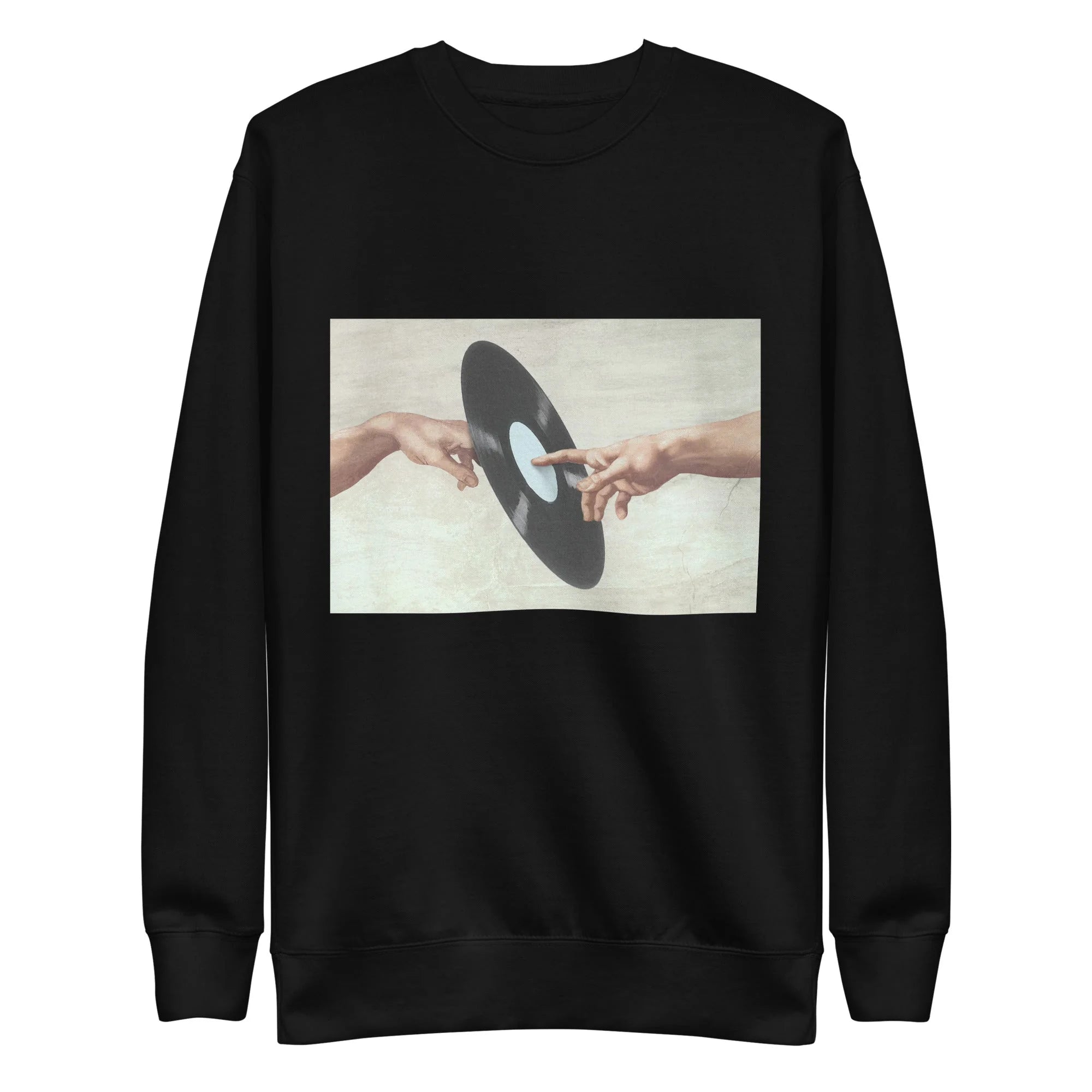
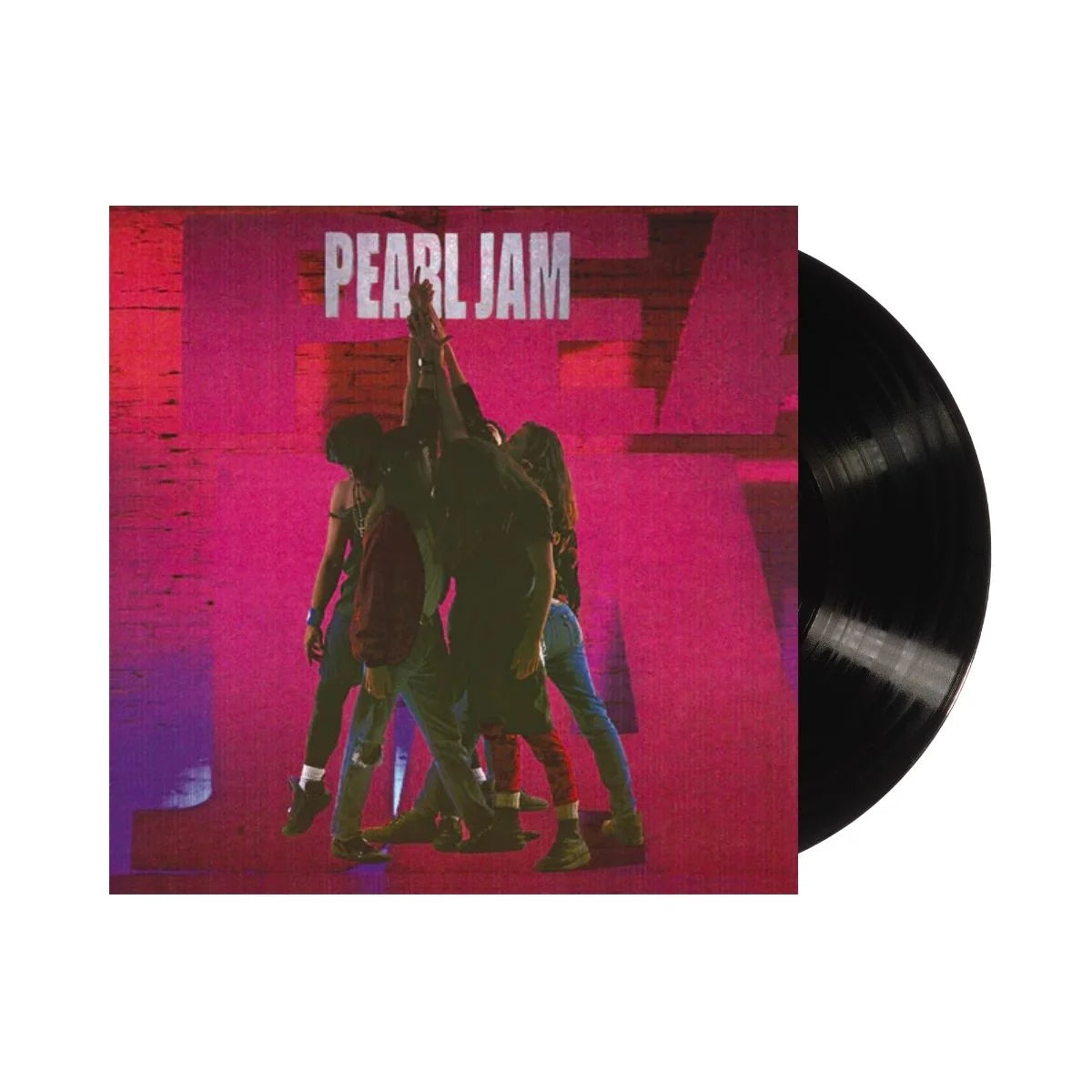
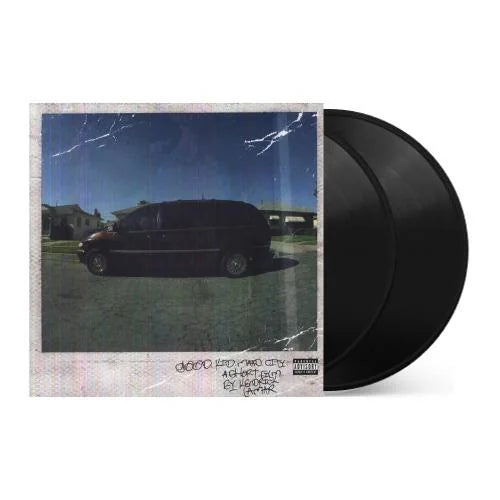
![Taylor Swift - 1989 (Taylor's Version) [2LP Crystal Skies Blue]](http://vinyl.com/cdn/shop/files/taylor_swift_1989_taylors_version.jpg?v=1734389117&width=5760)
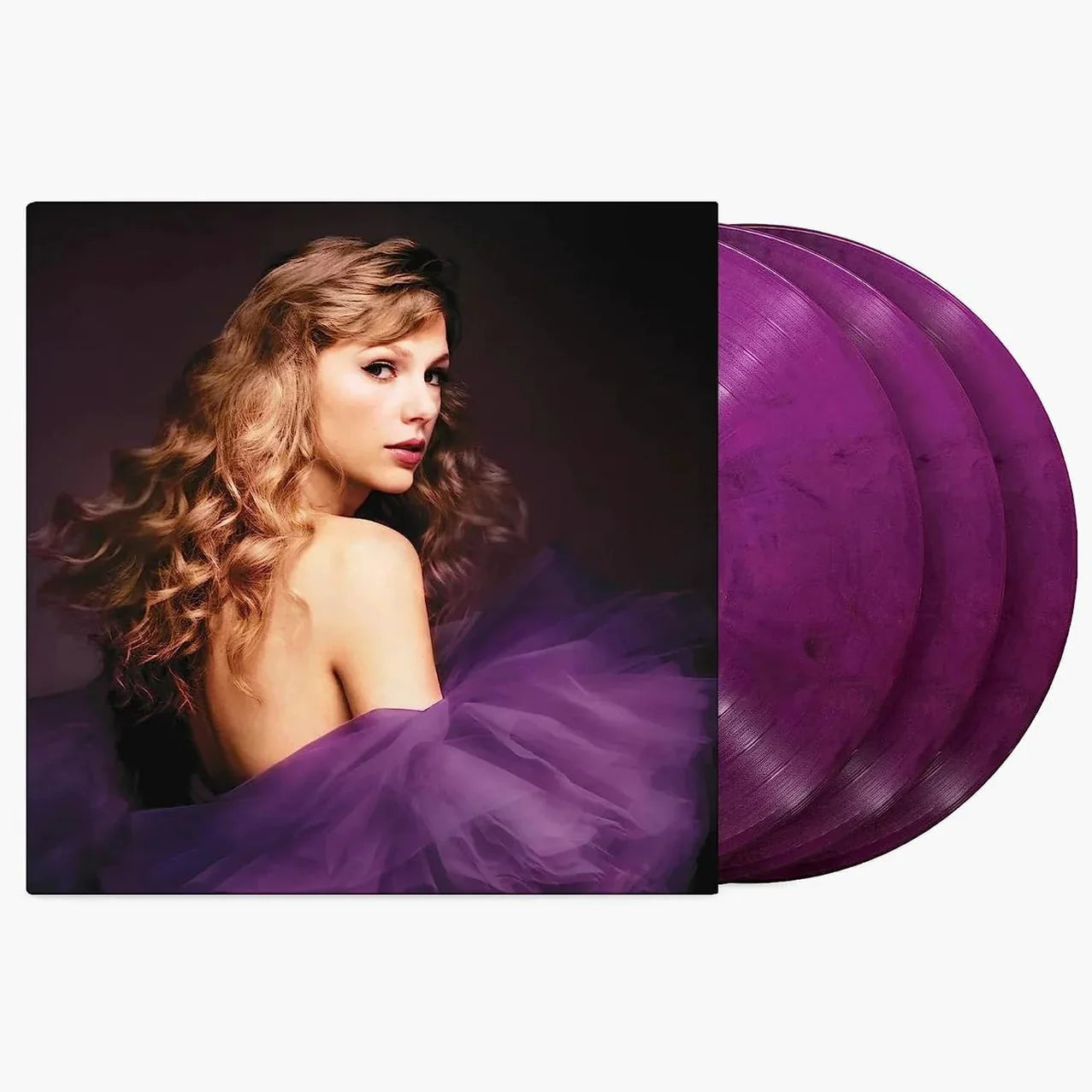
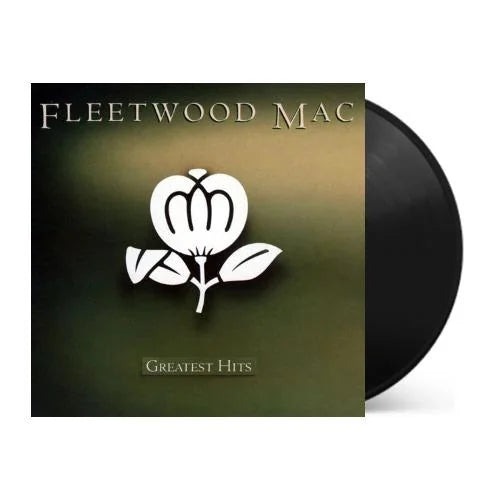
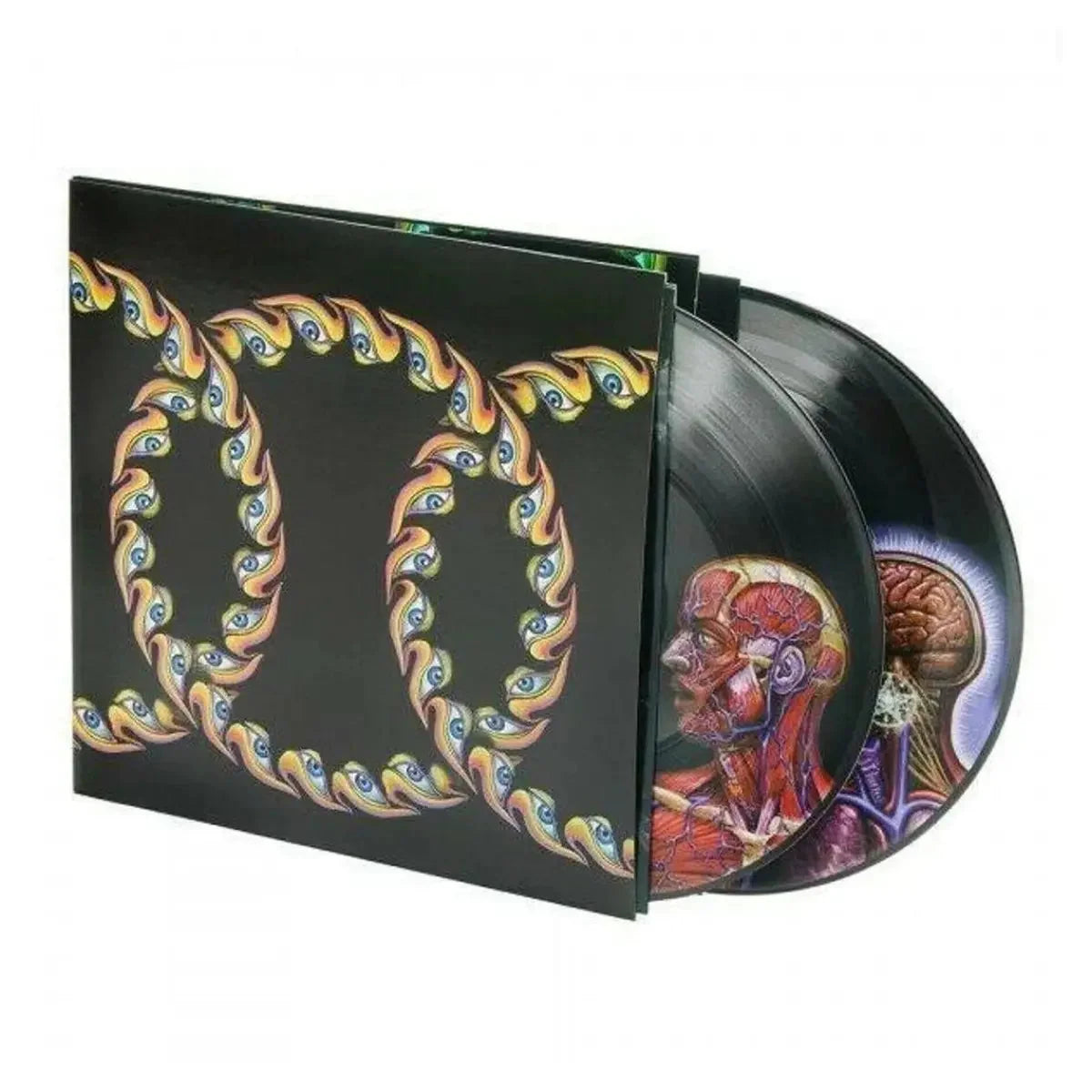
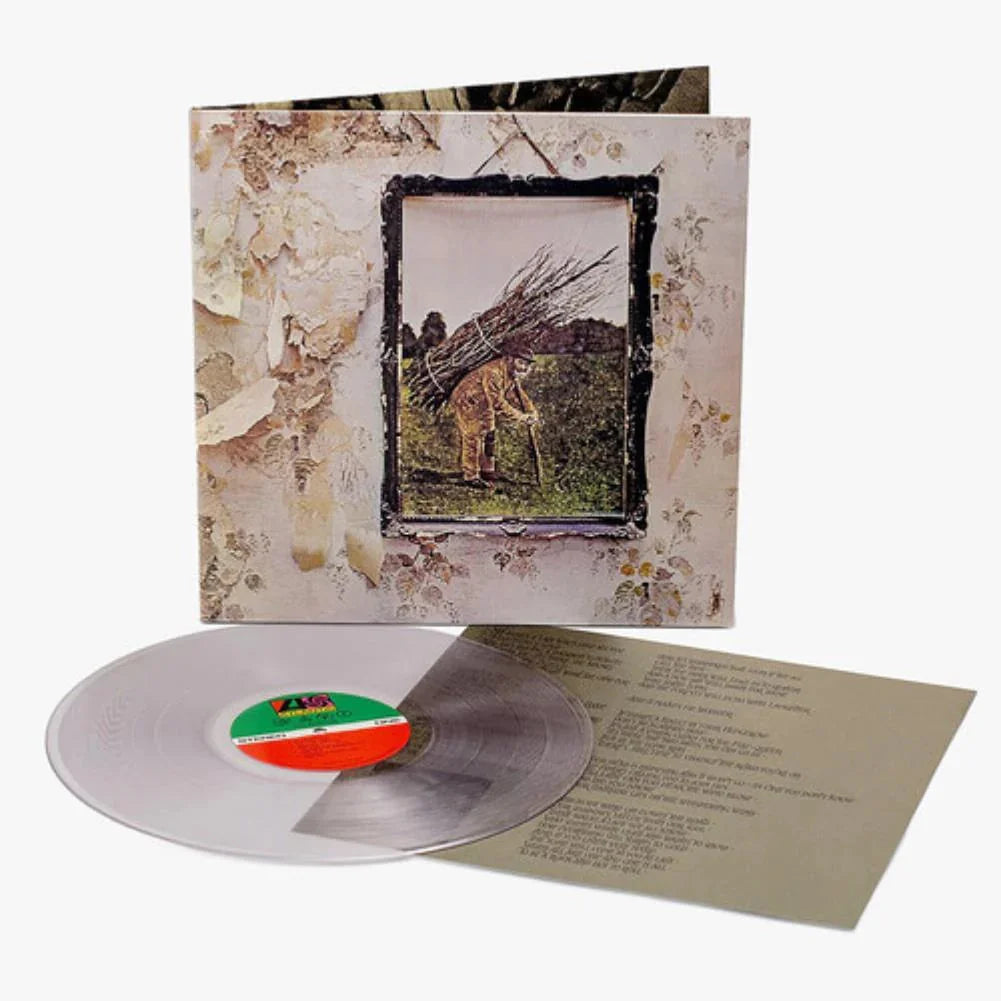
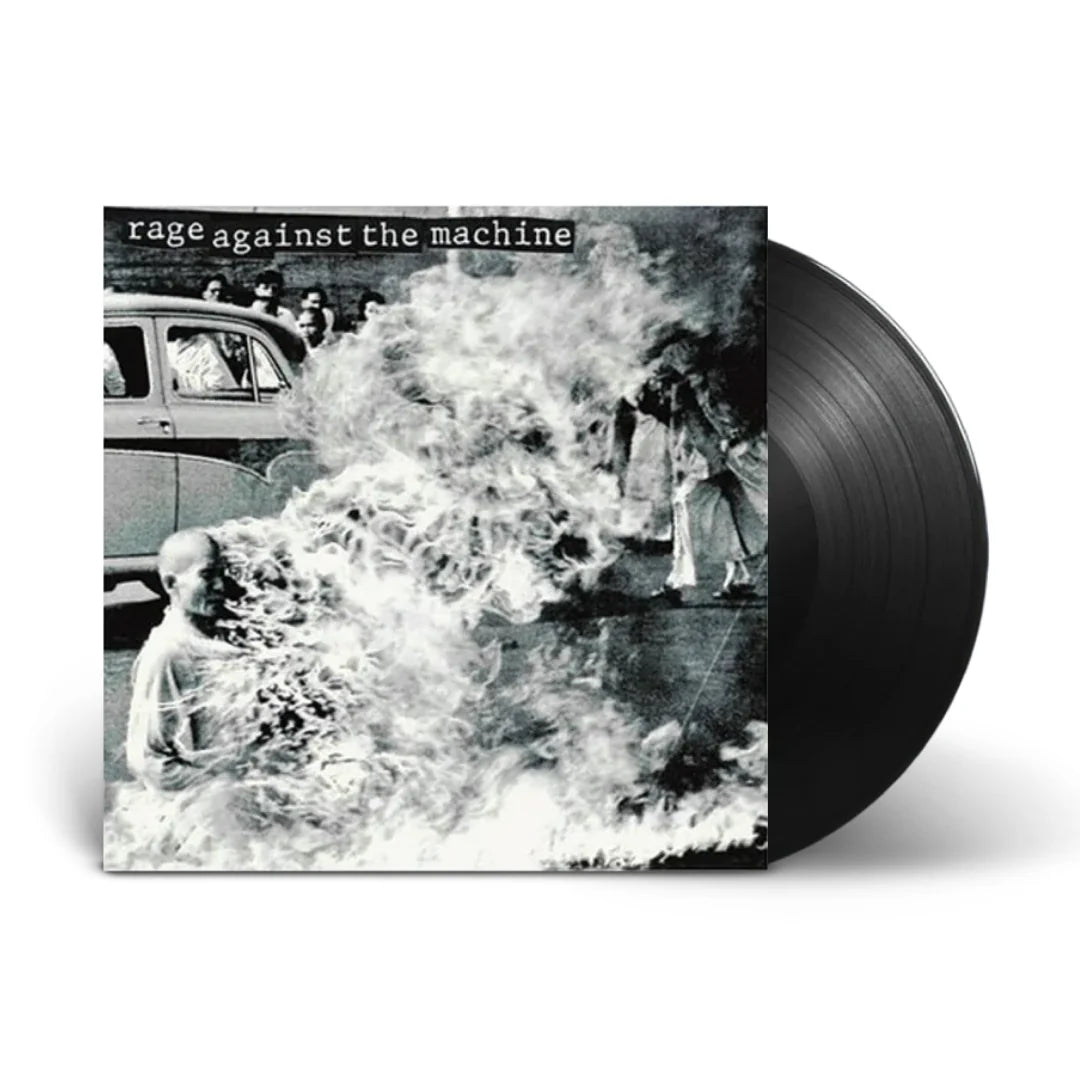
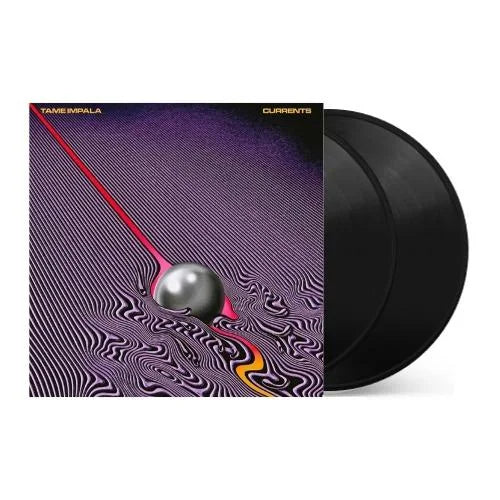
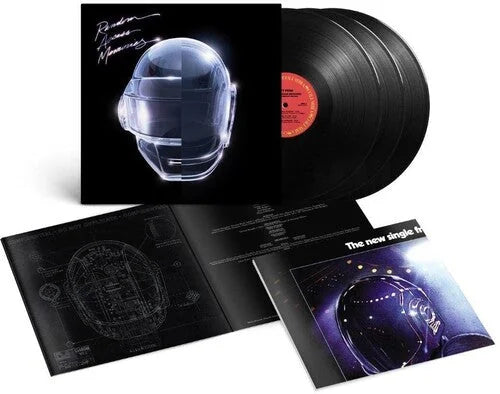
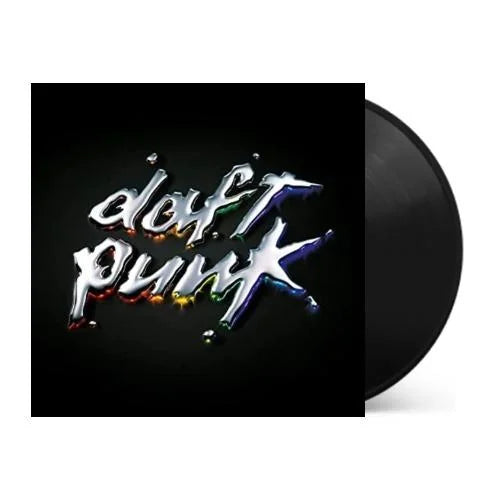
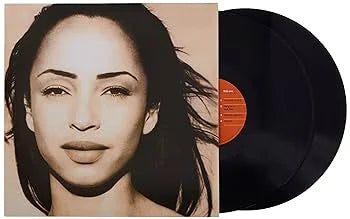
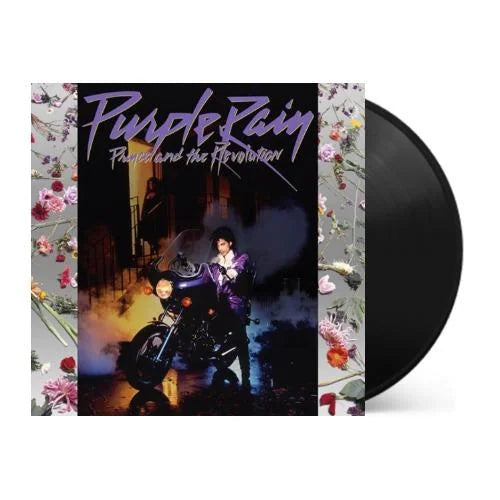
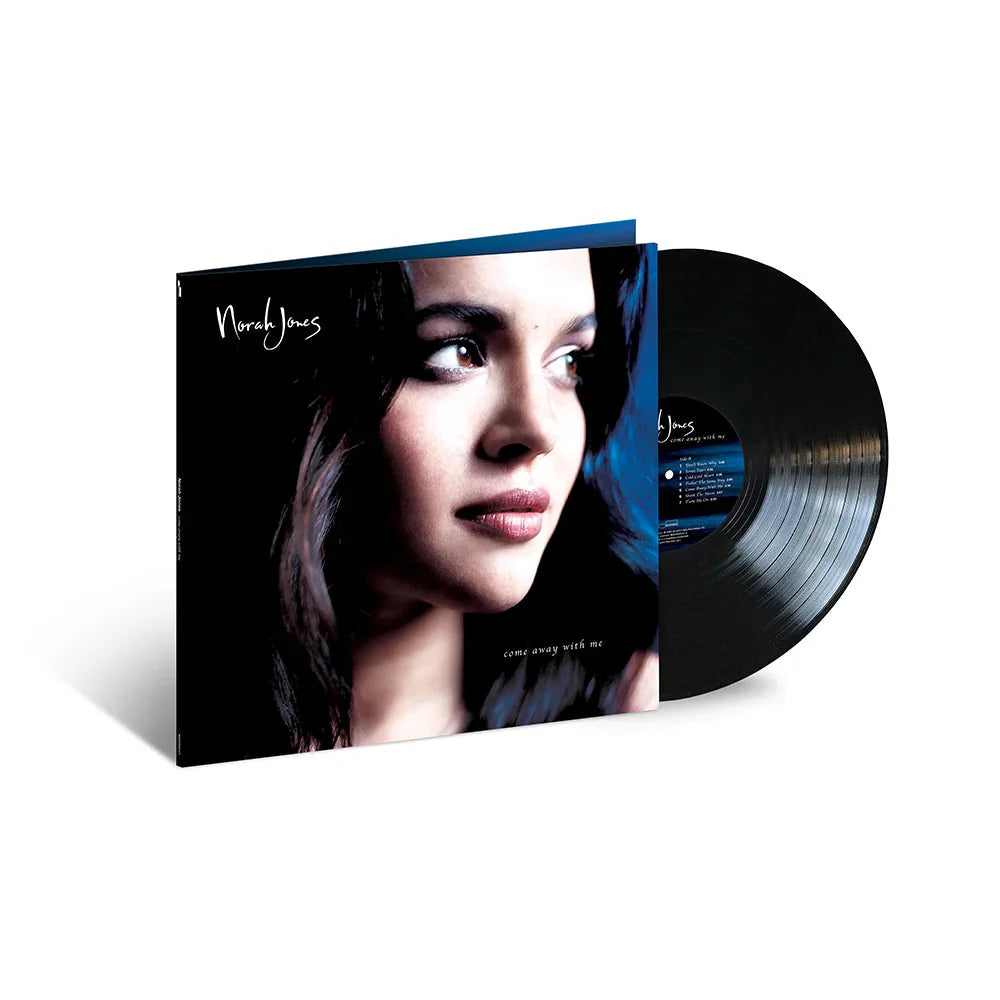
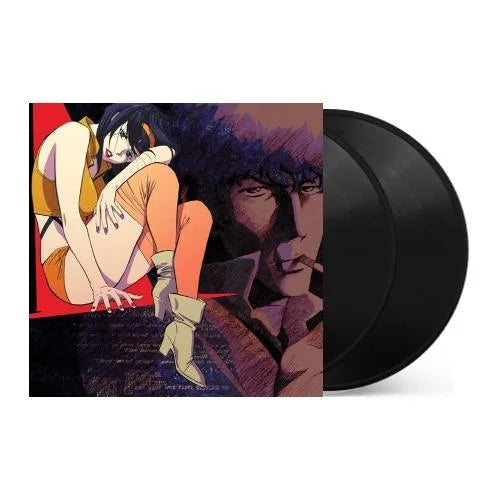
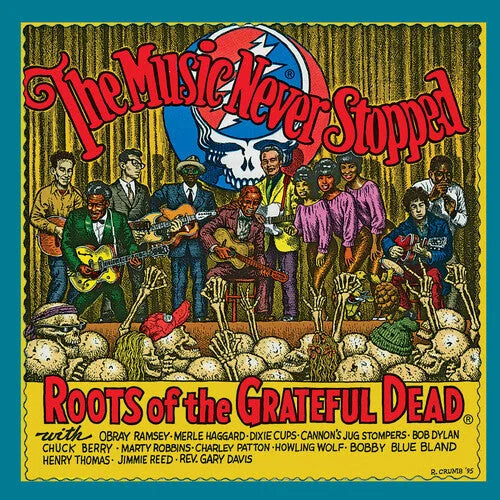
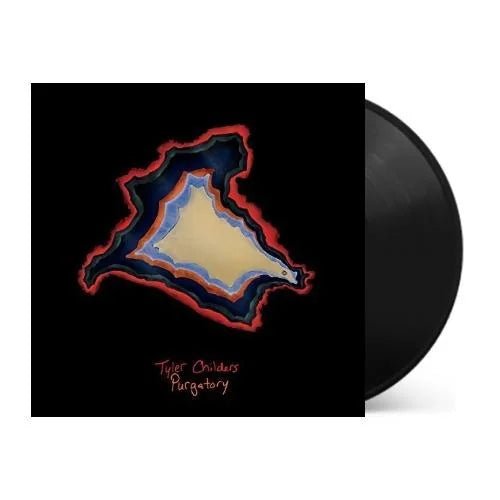
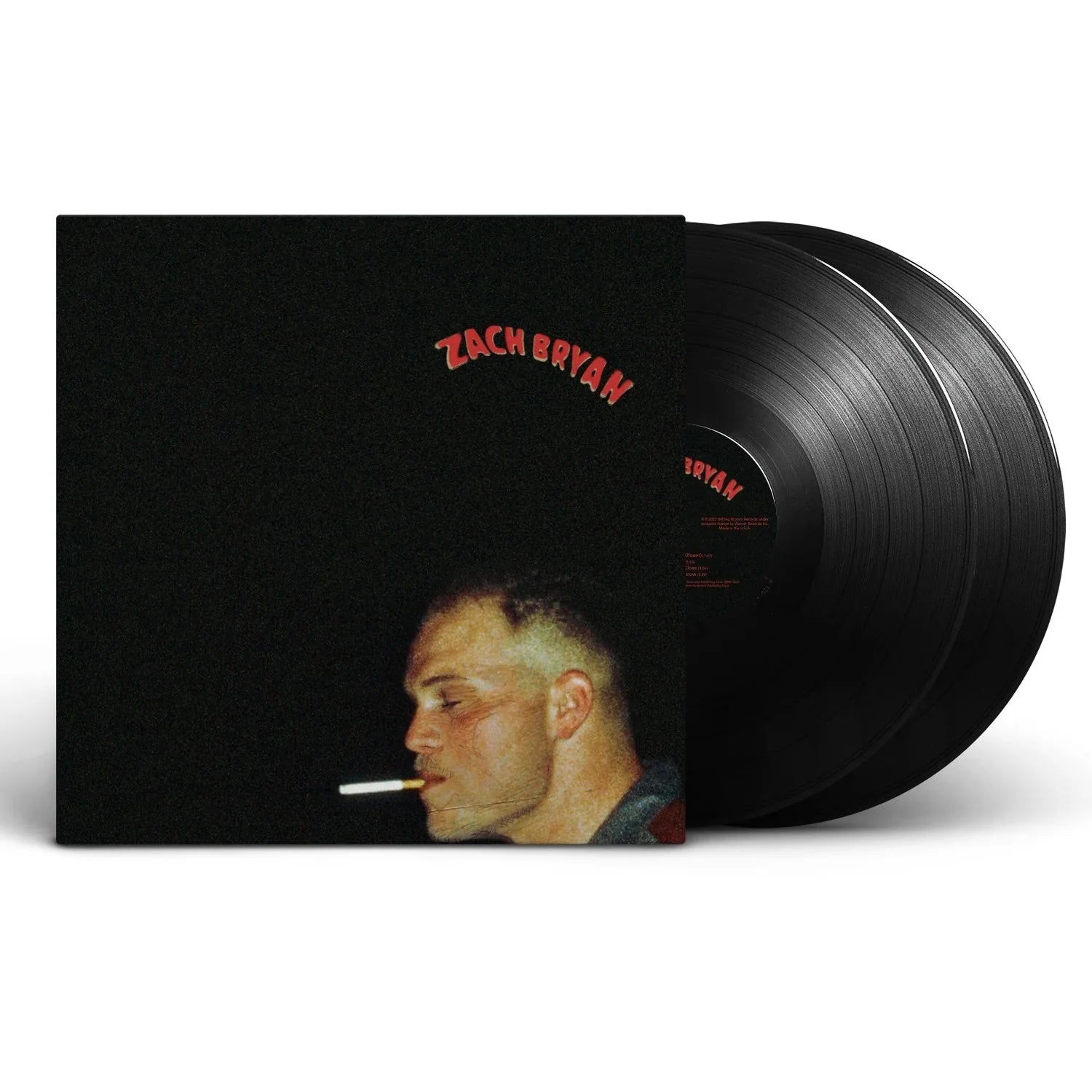
![Grace Jones - Nightclubbing [Gold]](http://vinyl.com/cdn/shop/files/4407705-3329230.jpg?v=1742429522&width=5760)
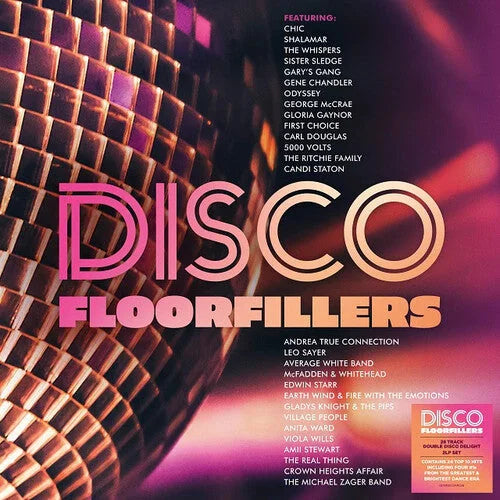

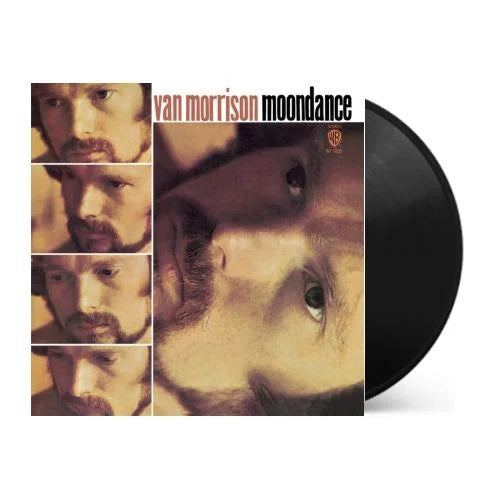
![Miles Davis - Kind of Blue [180-gram]](http://vinyl.com/cdn/shop/files/Y4LPMD03.webp?v=1742198237&width=5760)
